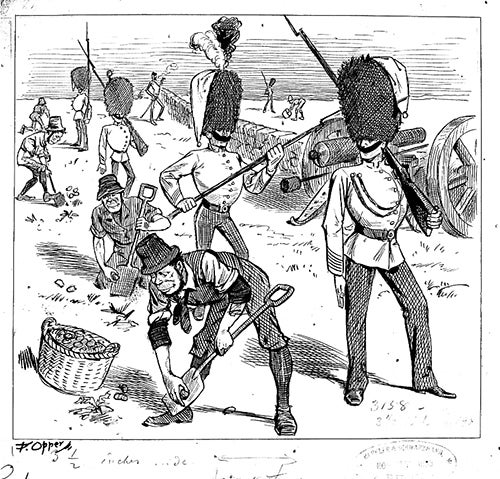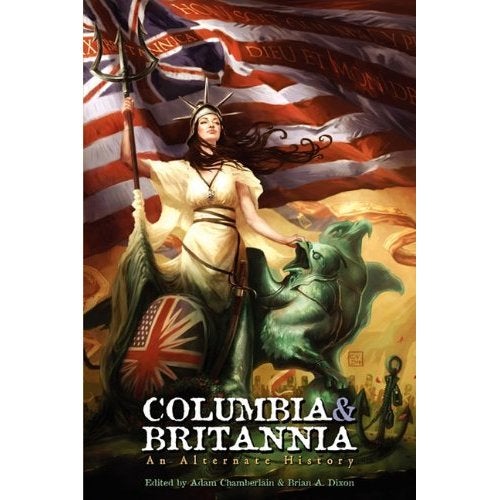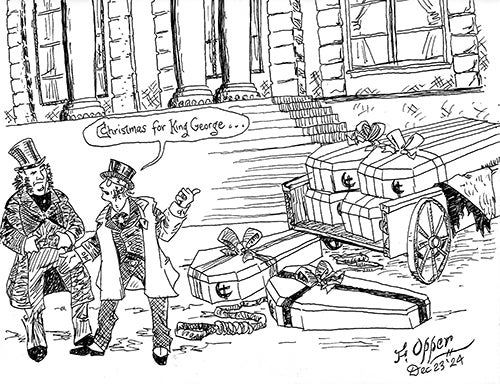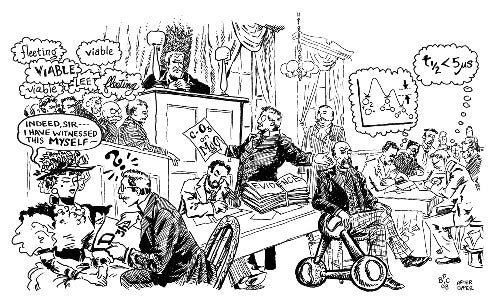You might not have ever noticed, but my first authored publications were a set of cartoons that appeared in the Journal of Chemical Education in 1978 and 1979. Professor Paul Jones, then at the University of New Hampshire, had been collecting, in a little notebook, a set of quotes (and references) where chemists had, in his view, overly anthropomorphized chemicals, molecules, or whatever. You can go check these out in the “Publications” section of this site. You can also see there that I have been involved in a few other cartooning projects: “Under the Hood,” in The Chemical Intelligencer, and “Al Kemist,” for The Hexagon of Alpha Chi Sigma.
The right and left hand sides of my brain (for what it is worth to bifurcate the brain) get along pretty well. When I do art, it is reasonably analytical; when I do technical things, it is usually with broad and holistic brushstrokes. I can do details, but I am not good at them after a certain point because my brain just invents the fixes it needs to see to make things look right.
I like lots of different cartoon art, including the style of the classic editorial cartoonists of the late 19th Century, and of them, in particular, Frederick Burr Opper (01/02/1857 – 09/27/1937). Here is a single representative example of his work, some of which (including this one) I own:

In the last couple of years, I got two opportunities to do homage drawings in the style of Opper. The first one was for an anthology of alternative history fiction stories called “Columbia & Britannia,” in which my buddy Chris O’Neal has a chapter.

I won’t get into the details of it, but after reading Chris’ story, there was a moment where a group of rebels was hanged and the event was known as “A Christmas Gift for King George.” This struck me as the stuff of a political cartoon.
I’d be happier to have spent more time on it, but when I draw I get into the drawing-zone, and I just rush through. As an alternative history piece, the idea was to be completely in character, so I signed it as Opper. It’s in the book.

The second example was in 2008. Cornell’s Roald Hoffmann asked me to read and see what inspiration followed from a paper he was co-authoring, a rather more philosophical piece on the use and mis-use of the terms stable/unstable in chemistry, among other topics (Angew. Chem. Int. Ed. 2008, 47, 2-6). This illustration accompanied the article.


